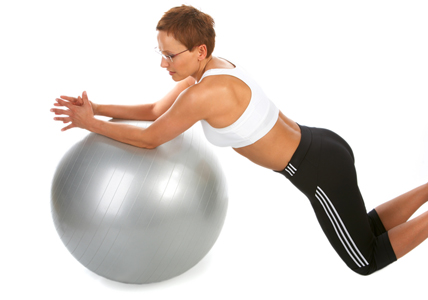
Regular exercise is one of the best ways you can prevent back pain. Good body mechanics, or moving properly, as you sit, stand, bend over, pick things up, and push and pull furniture are also important. Repetitive motions, if performed incorrectly over time, can cause joint strain and injury. You aren’t helpless against back pain. What you do daily makes a powerful difference. Small changes can go a long way to preventing debilitating pain. Observe the following basic tips for a lifetime of back health.
- Exercise regularly: Following a consistent, balanced exercise program will go a long way toward keeping you fit and strong.
- Use good posture: You can practice good posture every waking moment and improve your posture. Naturally, you aren’t going to remember every minute, but the more times that you catch yourself slouching, the more often you can correct yourself and use your core stabilizers.
- Move properly: The most common way people injure their backs is when they bend over, pick something up, and turn their body as they stand. Practice good movement mechanics whenever you lift, bend, or pick up and carry anything. Even if you pick up a pencil, use good movement habits. That way when you pick up something that is heavier, you’re much more likely to do it properly.
- Check your desk setup: Make sure your desk at the office and at home is set up according to good ergonomic principles. Make sure that your chair fits your body and that your computer and monitor are positioned so that as you work, you use good posture.
- Use a headset: Many people spend a lot of time talking on the phone and bending their necks into awkward positions. Your head weighs anywhere from 8 to 12 pounds. If you hold it improperly, you can affect your overall posture. Use headsets whenever possible, especially for extended conversations.
- Use a backpack: People often carry heavy and unbalanced loads on their shoulders. Balance the weight by using a good quality backpack and avoid carrying things that are too heavy.
- Buy furniture that offers support: Every chair or couch that you sit on affects your posture, particularly if it’s a piece of furniture that you use often. A good bed is also important, because you spend one-third of your life sleeping, and if you’re not getting good support, it will affect your posture. Make sure the furniture in your life is also supporting a healthy back and good posture.

